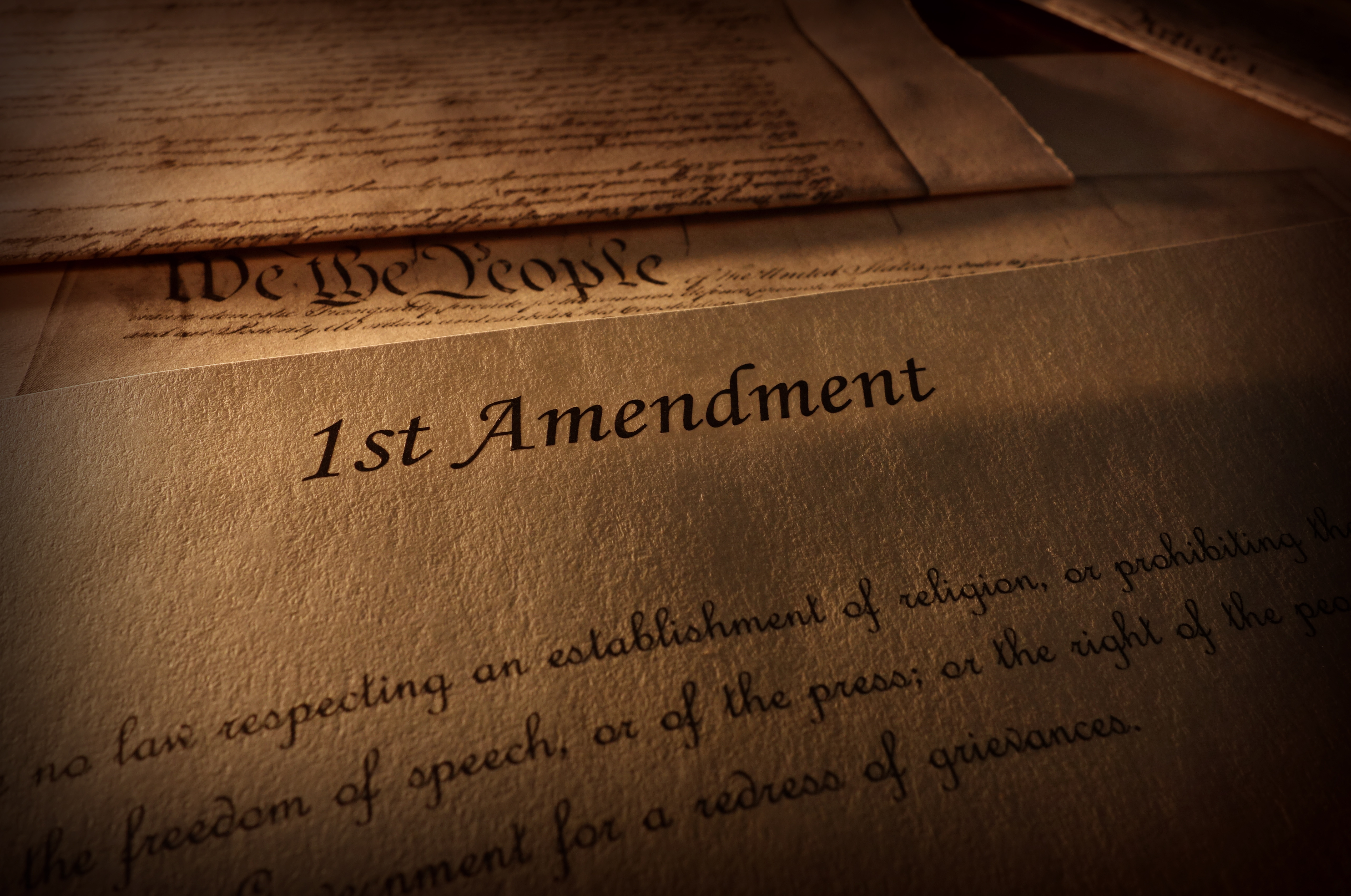
Courts are beginning to recognize that imposing more severe restrictions on religious worship than other similar activities constitutes a violation of the free expression clause of First Amendment.
Just in case you think I’m being too harsh in my sarcastic, ridiculing comments regarding the attacks on the First Amendment, you really need to check out some of these court rulings.
The following rulings entail complex sentences with multiple subordinate clauses, systematic use of multisyllable words, embedded legal citations, technical legal verbiage, and subtle nuance. Hidden behind those comments are harsh and brutal critiques of the egregious violations of religious freedom guaranteed by the U.S. Constitution.
In terms of criticism of constitution-ignoring governments I am a mere simplistic lightweight simpleton compared to any one of the following judges.
This series of posts will provide more background on the Supreme Court ruling that started this trend of courts on actually reading the Constitution and then discuss two more rulings. The cases:
- Supreme Court – Roman Catholic Diocese of Brooklyn
- California Superior Court – Bakersfield Division – Father Trevor Burfitt vs Gavin Newsom
- Ninth Circuit –Calvary Chapel Dayton Valley v. Sisolak.
12/14/20 – Hill Faith – Justice Samuel Alito’s Christmas Present For America – Article calls attention to a speech given by Associate Justice Alito to the Federalist Society’s National Wires convention back in November.
In his speech he opined the religious freedom protections outlined in the first amendment are in more danger now than ever before with politicians using the pandemic as an excuse to walk all over the Constitution (my paraphrase of the article).
In addition to citing several high-profile cases he also focused particularly on restrictions placed on religious worship.
Supreme Court – Roman Catholic Diocese of Brooklyn
There are now enough court rulings in play which uphold the First Amendment that we need to start referring to the cases by name. The Supreme Court ruling which recently rediscovered the existence of the free exercise clause of the First Amendment (sorry, not sorry for the sarcasm) is referred to as Roman Catholic Diocese of Brooklyn, New York v. Andrew M. Cuomo, Governor of New York.
Article goes on to point out that it was only a few days later the Supreme Court issued the ruling I just mentioned.
Article quotes Justice Neil Gorsuch’s comments in the Roman Catholic Diocese of Brooklyn ruling. I will quote the article quoting the Justice, who said
“…people may gather inside for extended periods in bus stations and airports, in laundromats and banks, in hardware stores and liquor shops.
“No apparent reason exists why people may not gather, subject to identical restrictions, in churches or synagogues, especially when religious institutions have made plain that they stand ready, able, and willing to follow all the safety precautions required of ‘essential’ businesses and perhaps more besides.
“The only explanation for treating religious places differently seems to be a judgment that what happens there just isn’t as ‘essential’ as what happens in secular spaces.
“Indeed, the Governor is remarkably frank about this: In his judgment laundry and liquor, travel and tools, are all ‘essential’ while traditional religious exercises are not. That is exactly the kind of discrimination the First Amendment forbids.”
Ouch.
Not only a rebuke for New York State categorizing laundromats and hardware stores as essential while worship services are nonessential, but explicitly labeling the governor’s actions as forbidden discrimination under the First Amendment.
Next post: California Superior Court – Bakersfield Division – Father Trevor Burfitt vs Gavin Newsom.